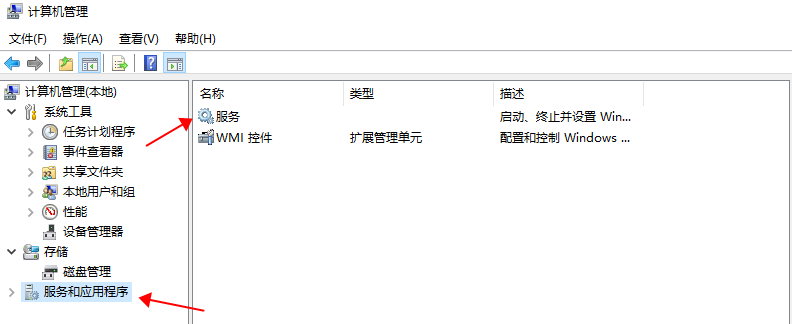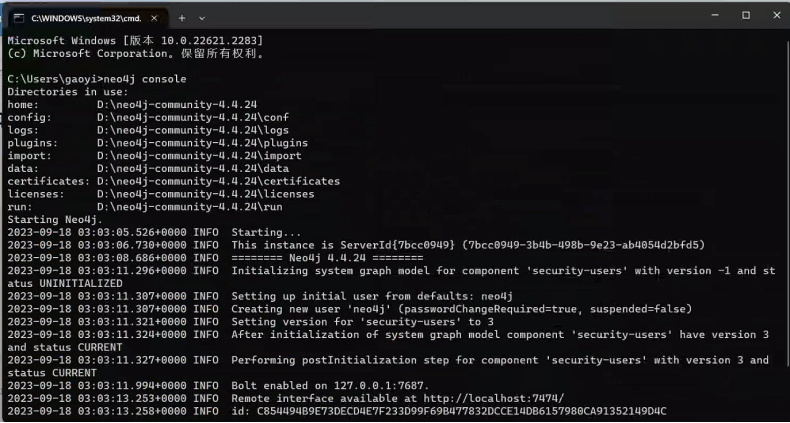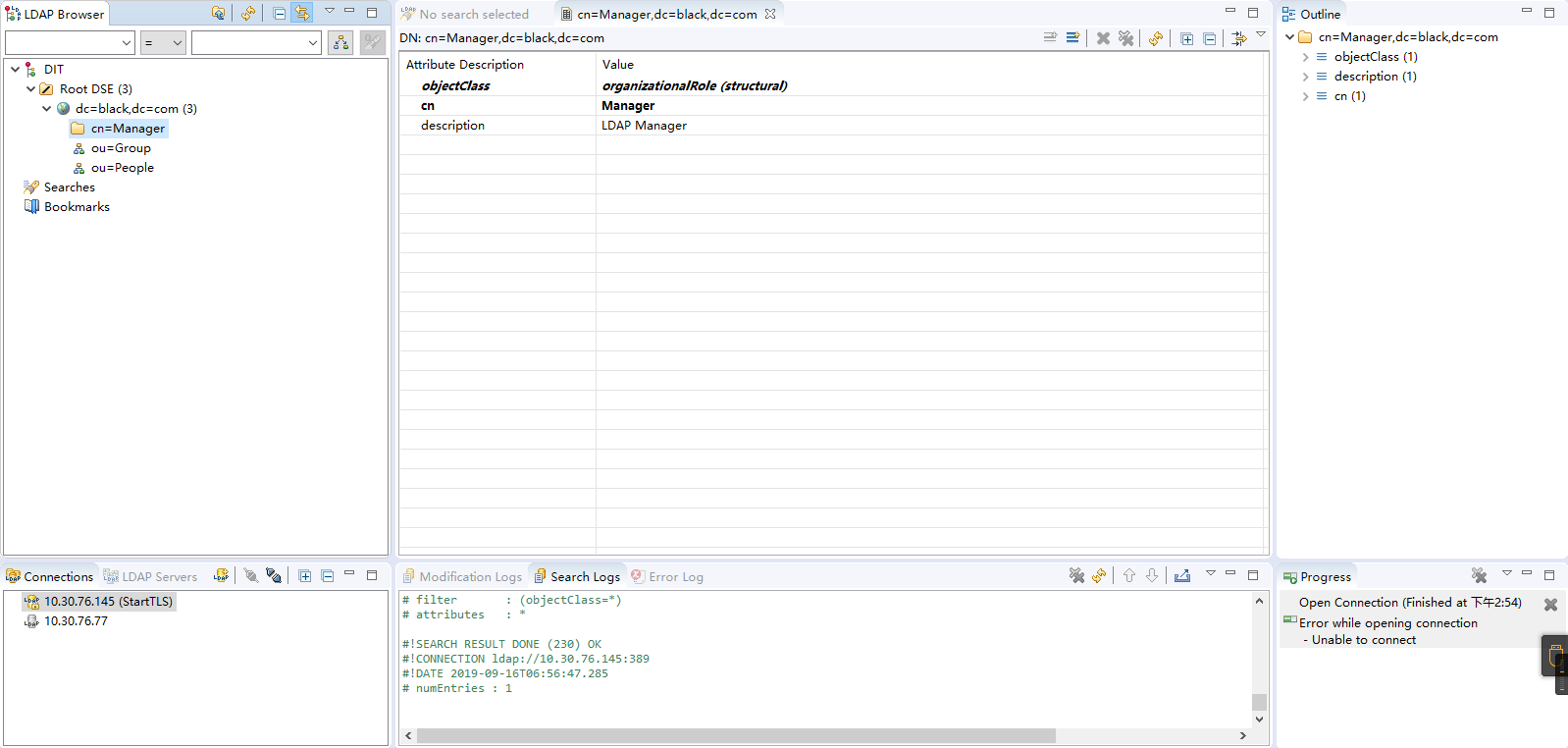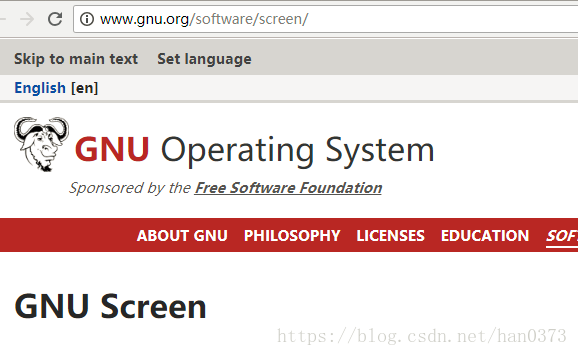SQL开发知识:Oracle 两个逗号分割的字符串,获取交集、差集
Oracle数据库的两个字段值为逗号分割的字符串,例如:字段A值为“1,2,3,5”,字段B为“2”。
想获取两个字段的交集(相同值)2,获取两个字段的差集(差异值)1,3,5。
一、最终实现的sql语句
1、获取交集(相同值):
select regexp_substr(id, ‘[^,]+’, 1, rownum) id
from (select ‘1,2,3,5’ id from dual)
connect by rownum <= length(regexp_replace(id, ‘[^,]+’)) +1
intersect — 取交集
select regexp_substr(id, ‘[^,]+’, 1, rownum) id
from (select ‘2’ id from dual)
connect by rownum <= length(regexp_replace(id, ‘[^,]+’)) +1;
/*结果:
2
*/
2、获取差集(差异值):
select regexp_substr(id, ‘[^,]+’, 1, rownum) id
from (select ‘1,2,3,5’ id from dual)
connect by rownum <= length(regexp_replace(id, ‘[^,]+’)) +1
minus –取差集
select regexp_substr(id, ‘[^,]+’, 1, rownum) id
from (select ‘2’ id from dual)
connect by rownum <= length(regexp_replace(id, ‘[^,]+’)) +1;
/*结果:
1
3
5
*/
二、实现过程用到的函数用法说明
1、regexp_substr
正则表达式分割字符串,函数格式如下:
function regexp_substr(strstr, pattern [,position] [,occurrence] [,modifier] [subexpression])
__srcstr:需要进行正则处理的字符串
__pattern:进行匹配的正则表达式
__position:可选参数,表示起始位置,从第几个字符开始正则表达式匹配(默认为1)
__occurrence:可选参数,标识第几个匹配组,默认为1
__modifier:可选参数,表示模式(’i’不区分大小写进行检索;’c’区分大小写进行检索。默认为’c’。)
使用例子:
select
regexp_substr(‘1,2,3,5′,'[^,]+’) AS t1,
regexp_substr(‘1,2,3,5′,'[^,]+’,1,2) AS t2,
regexp_substr(‘1,2,3,5′,'[^,]+’,1,3) AS t3,
regexp_substr(‘1,2,3,5′,'[^,]+’,1,4) AS t4,
regexp_substr(‘1,2,3,5′,'[^,]+’,2) AS t5,
regexp_substr(‘1,2,3,5′,'[^,]+’,2,1) AS t6,
regexp_substr(‘1,2,3,5′,'[^,]+’,2,2) AS t7
from dual;
/*结果:
1 2 3 5 2 2 3
*/
2、regexp_replace
通过正则表达式来进行匹配替换,函数格式如下:
function regexp_substr(srcstr, pattern [,replacestr] [,position] [,occurrence] [,modifier])
__srcstr:需要进行正则处理的字符串
__pattern:进行匹配的正则表达式
__replacestr:可选参数,替换的字符串,默认为空字符串
__position:可选参数,表示起始位置,从第几个字符开始正则表达式匹配(默认为1)
__occurrence:可选参数,标识第几个匹配组,默认为1
__modifier:可选参数,表示模式(’i’不区分大小写进行检索;’c’区分大小写进行检索。默认为’c’。)
使用例子:
select
regexp_replace(‘1,2,3,5′,’5′,’4’) t1,
regexp_replace(‘1,2,3,5′,’2|3’,4) t2,
regexp_replace(‘1,2,3,5′,'[^,]+’) t3,
regexp_replace(‘1,2,3,5′,'[^,]+’,”) t4,
regexp_replace(‘1,2,3,5′,'[^,]+’,’*’) t5
from dual;
/*结果:
1,2,3,4 1,4,4,5 ,,, ,,, *,*,*,*
*/
3、connect by
(1)connect by单独用,返回多行结果
select rownum from dual connect by rownum < 5;
/*结果:
1
2
3
4
*/
(2)一般通过start with . . . connect by . . .子句来实现SQL的层次查询
select
id,
name,
sys_connect_by_path(id,’\’) idpath,
sys_connect_by_path(name, ‘\’) namepath
from (
select 1 id, ‘广东’ name, 0 pid from dual
union
select 2 id, ‘广州’ name , 1 pid from dual
union
select 3 id, ‘深圳’ name , 1 pid from dual
)
start with pid = 0
connect by prior id = pid;
/*结果:
1 广东 \1 \广东
2 广州 \1\2 \广东\广州
3 深圳 \1\3 \广东\深圳
*/
三、总结
由上面函数用法,可知下面语句可以把字符串“1,2,3,5”转换为4行记录
select regexp_substr(id, ‘[^,]+’, 1, rownum) id
from (select ‘1,2,3,5’ id from dual)
connect by rownum <= length(regexp_replace(id, ‘[^,]+’)) +1
然后在2个结果中使用集合运算符(UNION/UNION ALL 并集,INTERSECT 交集,MINUS 差集)进行最终处理。
总结
以上所述是小编给大家介绍的Oracle 两个逗号分割的字符串,获取交集、差集的sql实现过程解析,大家如有疑问可以留言,或者联系站长。感谢亲们支持!!!
如果你觉得本文对你有帮助,欢迎转载,烦请注明出处,谢谢!






